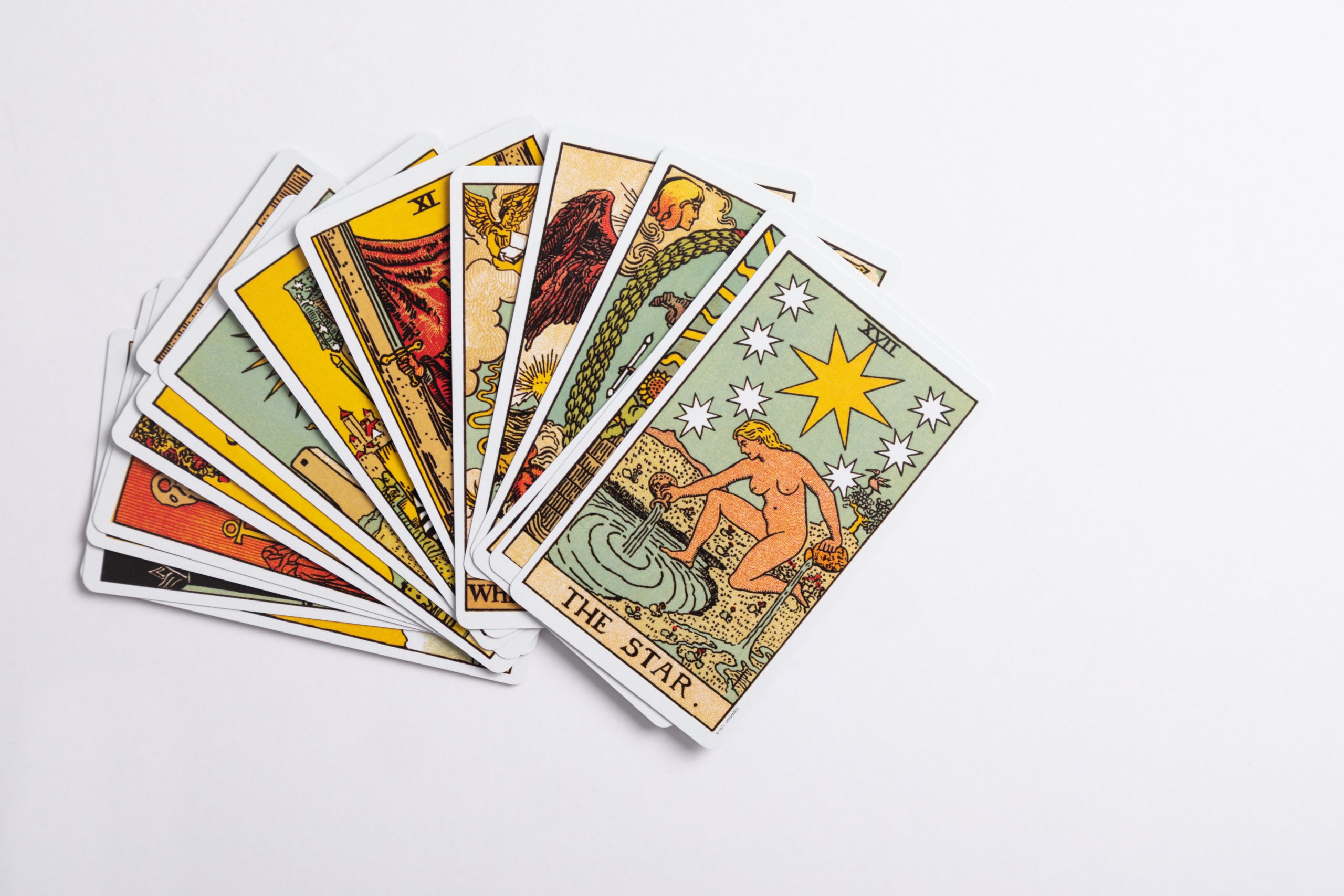How Does the Moon Cycle Work?
The moon has been a subject of fascination for humanity for thousands of years. Its gentle glow and mysterious presence in the night sky have inspired myths, legends, and scientific inquiry. One of the most captivating aspects of the moon is its cycle, which is responsible for the various phases we observe throughout each month. In this blog post, we will explore the mechanics of the moon cycle and unravel the mysteries behind its mesmerizing dance.
The Moon’s Orbit
The moon is Earth’s only natural satellite, and it orbits our planet in an elliptical path. Its journey takes approximately 27.3 days to complete, which is known as the lunar month or the synodic month. During this time, the moon undergoes a series of phases, transitioning from new moon to full moon and everything in between.
Phases of the Moon
The moon’s phases are a result of the interplay between the sun, Earth, and the moon itself. As the moon orbits our planet, different portions of its surface receive sunlight, leading to the varying degrees of illumination we observe from Earth. Let’s delve into each phase and understand how they occur:
New Moon
A new moon occurs when the moon is positioned between the Earth and the sun, with the side that faces our planet in darkness. During this phase, the moon is unilluminated, appearing as a black silhouette against the sunlit sky. The term “new moon” refers to the start of a new lunar month.
Waxing Crescent
Following the new moon, a waxing crescent emerges. In this phase, a small, curved sliver of the moon becomes visible from Earth’s perspective. The sun illuminates a small portion of the moon’s right side, causing it to appear as a crescent shape. During this period, the moon is said to be waxing, which means it is becoming increasingly illuminated.
First Quarter
When the moon reaches its first quarter phase, it has completed about one-fourth of its journey around the Earth. During this phase, the moon appears as a half-circle, with the right side illuminated and the left side in darkness. This phase is often referred to as the “half moon” or “first quarter moon.”
Waxing Gibbous
Following the first quarter, the moon enters the waxing gibbous phase. In this stage, the illuminated portion of the moon continues to grow, appearing larger and brighter each night. The term “gibbous” means more than half but not fully illuminated, accurately describing the moon’s appearance during this phase.
Full Moon
The full moon is perhaps the most iconic and recognized phase. At this point in the moon’s cycle, the Earth is positioned between the moon and the sun. As a result, the entire side of the moon that faces us is fully illuminated, creating a brilliantly bright sphere in the night sky.
Waning Gibbous
Once the full moon has passed, the moon transitions into the waning gibbous phase. During this time, the illuminated portion of the moon begins to shrink, gradually returning to a smaller crescent shape. The term “waning” refers to the moon’s decreasing illumination during this phase.
Last Quarter
When the moon reaches its last quarter phase, it has completed about three-fourths of its journey around the Earth. Similar to the first quarter, the last quarter moon appears as a half-circle. However, this time, the left side is illuminated, while the right side remains in darkness.
Waning Crescent
The final phase of the moon’s cycle is the waning crescent. During this period, only a small crescent-shaped portion of the moon is visible, with the rest hidden in shadow. It gradually diminishes in illumination until it once again reaches the new moon phase, marking the beginning of a new lunar month.
The Influence of Gravity
The moon’s cycle is also intricately connected to the gravitational pull between the Earth, the moon, and the sun. The gravitational attraction between all three bodies causes tides in Earth’s oceans. As the moon orbits our planet, its gravitational pull creates two bulges of water on opposite sides of the Earth. These tidal effects, known as spring and neap tides, are strongest when the moon is either in its full or new moon phase.
In Conclusion
The moon’s cycle is a remarkable dance of illumination and shadows, propelled by the complex dynamics of celestial bodies. Each phase holds its own allure, captivating us with its mystery and beauty. By understanding the mechanics behind the moon’s cycle, we gain a deeper appreciation for the wonders of our universe and the intricate connections that bind us all.
Table of Contents
